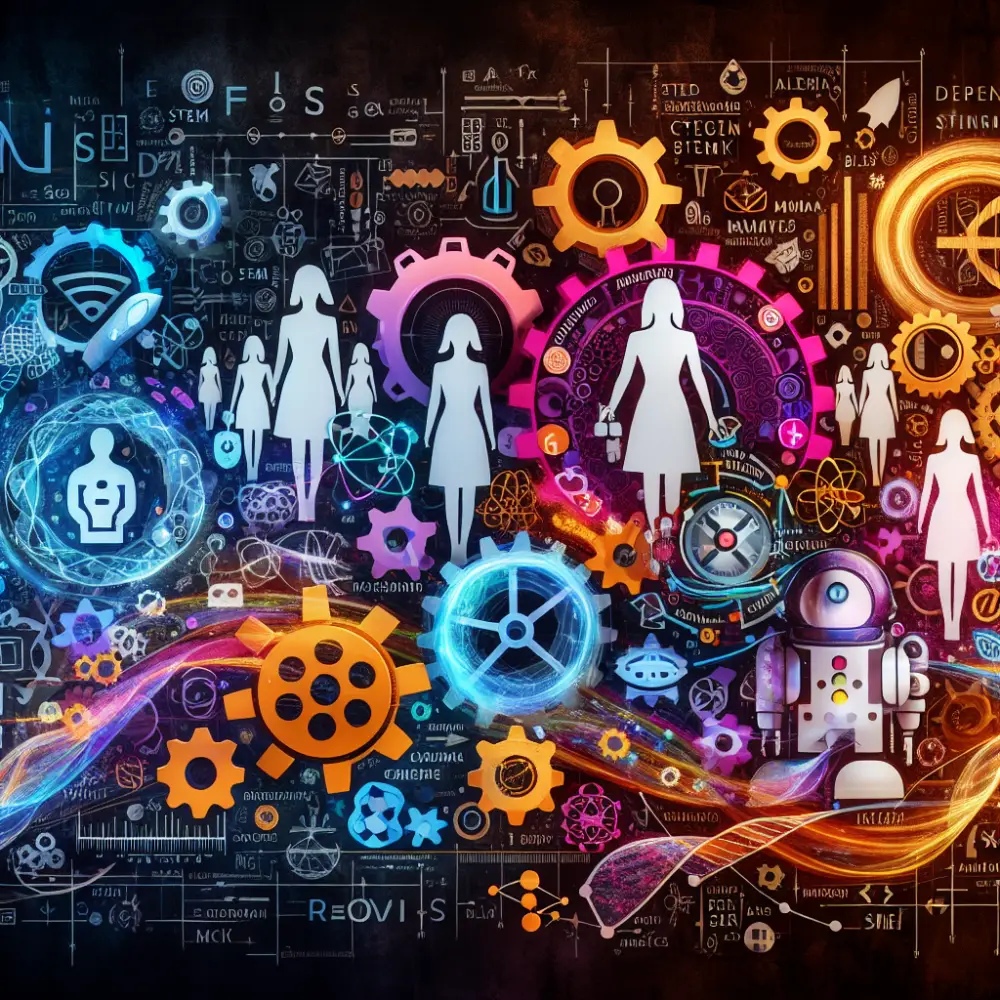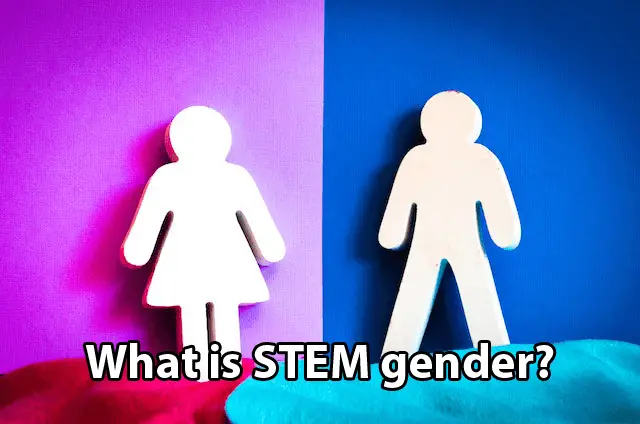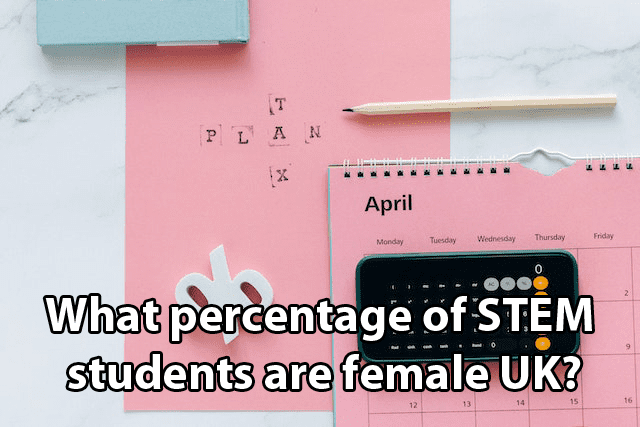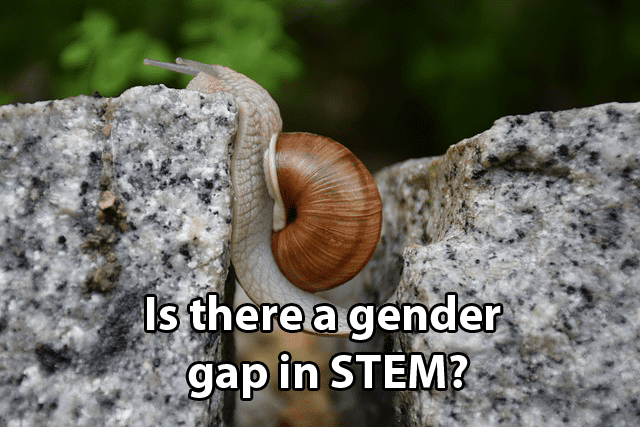
In today’s rapidly evolving world, innovation serves as the backbone of growth and development across various sectors. From healthcare to technology, science, engineering, and mathematics (STEM) fields play a crucial role in shaping the future. However, despite the vast potential for progress that these areas offer, there remains a significant gender disparity. Women continue to be underrepresented in STEM fields worldwide.
Addressing this imbalance is not just about fairness; it is about tapping into a pool of talent that can drive innovation further than ever before. Empowering women in STEM means fostering an environment where their ideas are valued and their contributions recognized.
Historical Context
Historically, women have faced numerous barriers to entering and thriving in STEM fields. Societal norms and educational disparities have long discouraged women from pursuing careers in science and technology. For centuries, women who showed interest or aptitude in these areas were often marginalized or outright excluded.
Changing this narrative requires understanding the root causes of these disparities. By examining historical contexts and societal influences, one can better appreciate the strides needed to create an inclusive environment for all aspiring scientists and engineers.
Education as a Foundation
Education is arguably the most critical factor in empowering women to enter STEM fields. Early exposure to science and mathematics can spark an interest that lasts a lifetime. Unfortunately, many young girls are discouraged from pursuing these subjects due to stereotypes or lack of encouragement.
To counteract this trend, schools need to implement programs designed to engage girls with STEM subjects from an early age. Interactive learning experiences, mentorship programs, and representation of female role models within curriculum materials can make a significant impact.
Moreover, higher education institutions must ensure they offer equal opportunities for women by providing scholarships aimed at female students interested in STEM disciplines. Career guidance centers should also focus on breaking down myths about gender-specific roles within these professions.
Workplace Inclusivity
Once women enter the workforce within STEM fields, retaining them becomes another challenge altogether. Many workplaces still harbor unconscious biases that can create unwelcoming environments for female professionals.
Organizations must adopt policies promoting gender inclusivity at every level—starting from hiring practices to leadership roles. Creating mentorship programs where experienced female professionals guide younger employees helps cultivate an inclusive culture while offering valuable support networks.
Furthermore, companies should provide flexibility through workplace policies accommodating work-life balance needs typically associated with caregiving responsibilities—a common barrier affecting many women’s careers globally.
Role Models and Mentorship
Role models play an essential part in inspiring young girls towards careers they might otherwise deem unattainable due to prevailing stereotypes around gender capabilities concerning technical expertise required within various scientific domains such as physics or computer programming, among others.
Highlighting successes achieved by prominent females working successfully today helps dismantle outdated notions surrounding gender-specific limitations. Adequate representation and visibility of successful women in STEM can break continuous cycles that discourage upcoming talents.
Mentorship goes hand-in-hand with role modeling since it directly impacts personal development aspects critical to overcoming initial uncertainties likely encountered when embarking upon new career paths. Mentors provide guidance and impart wisdom gained through firsthand experiences, easing transition periods substantially and boosting confidence levels necessary for sustaining long-term commitments and advancing professionally.
Conclusion
Empowering women in STEM is not just a moral imperative but a strategic one. By fostering an inclusive environment, encouraging education, promoting workplace inclusivity, and providing mentorship, we can unlock the full potential of half the world’s population. This will drive innovation and progress to unprecedented heights, benefiting society as a whole.
Empowering women in STEM fields will help create a world where diverse perspectives lead to more comprehensive solutions and groundbreaking discoveries. This progressive shift towards inclusivity and equality will ultimately pave the way for a brighter, more innovative future for all.

















